
Second Place - Hamza Qureshi - Redesign Your School Athletic Pavilion | 2014 National High School Architecture Competition #200
When one sets foot into High Tech High School, they often find themselves taking in the airy common area colloquially known as “The Mall Area”. With direct access to the school library, cafeteria, and general offices, the Mall Area serves as the main hub of High Tech. Furthermore, the main school building holds dozens of classrooms and common spaces, as well as computer labs, a media center, and even a performance stage. However, one quintessential aspect of high school life remains distant: the athletic facilities.
As they stand now, the current athletic facilities sit on the opposite side of the overall lot. In order to get to their gym classes, students must walk through an expanse of over 150 meters. The route, which includes crossing a public street used by trucks and automobiles, has no outlined path – the entire lot (approximately 4,000 m2) serves as the walkway to the athletic “pavilion”. Taking into account New Jersey’s largely unpredictable weather and the school’s location on the side of a hill, getting to class can become a struggle. I seek to exterminate this excessive and often dangerous commute by creating a space more unified with the main school building. The design will feature the addition of a new pavilion connected to the existing facilities, which my plan dictates to receive an overall reconfiguration. The design will hone fluidity while promoting health and wellness in a space where students feel welcome.
High Tech's location in the post-industrial town of North Bergen, NJ provides a unique architectural challenge. Juxtaposed against the mid-century industrial structures are lines of trees and shrubbery. Within this, I find my inspiration. Trees represent fortitude and health, and I want my structure to emulate this. I will use the materials found in the local architecture and blend it with my tree concept to create both a striking and purposeful pavilion.
With a design that blends modernism with the area’s industrial architectural style, the space will serve as a sophisticated oasis for students to escape from the hubbub of classes and schoolwork. By architecturally connecting High Tech High School to its athletic facilities with safer walkways, students will be able to go to and from classes more fluidly and safely. I want to create a space that brings the openness of the Mall Area throughout the rest of the school and to the athletic facilities. Ultimately, my goal is to not only bridge the gap between the two facilities, but to bridge the gap between students and wellness.

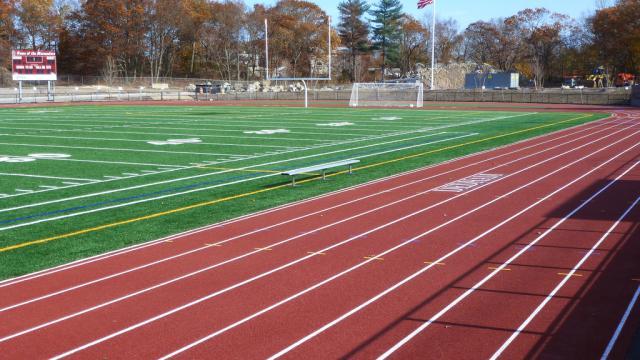



.jpg)




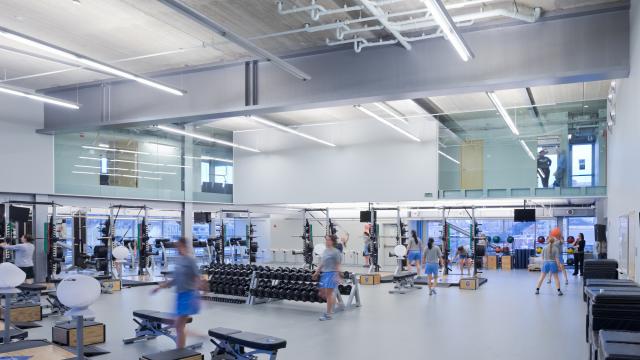
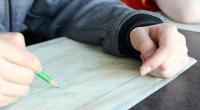





.jpg)
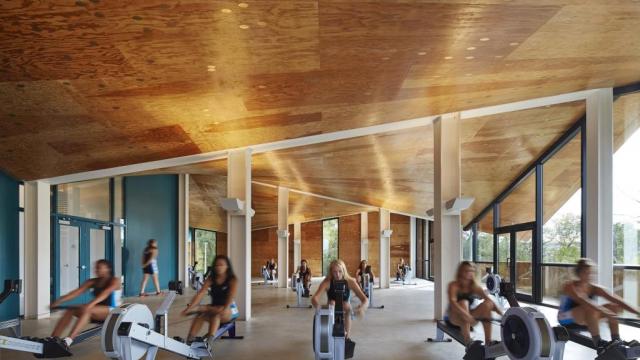








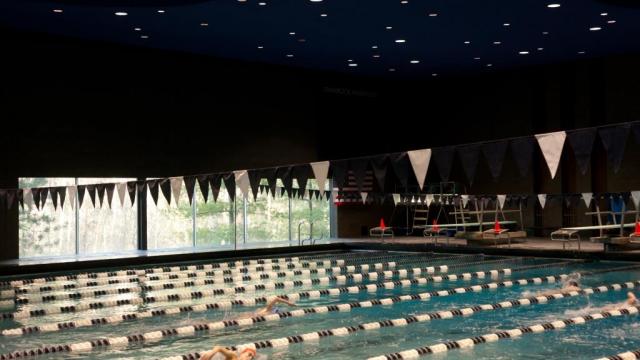





Comments
I really like the idea of "bridging the gap" between the main school building and APA (Gym) building. It truly is a hassle to go to and from the gym, especially on days when it is raining or snowing. It will be awesome to see your idea come through. By the way, thanks for the follow!
Thanks for the comment! The walk between the current facilities is most definitely an inconvenience to all students. The construction of a walkway between High Tech and the new athletic pavilion will ease the commute for all students.
I agree with that idea. Keep it up!
I agree with the idea as well. I look forward to seeing more as the project progresses.
Thank you both! I appreciate the support.
Don't forget, to register for the National Competition! You can do that here: http://discoverdesign.org/registration2014
Outstanding overview - this makes the challenge and your aspirations very clear.
I can't wait to see where you go with it.